A complete collection of pictures of ivy, the culture method of ivy
Ivy is now the first choice for landscaping as a vertical greening plant. Because of its beautiful leaves and evergreen seasons, it is planted beside the rockery and at the root of the wall, allowing it to grow vertically or covered naturally, which can play a good effect in decorating and beautifying the environment. Today, let's take a look at the culture methods and pictures of ivy.
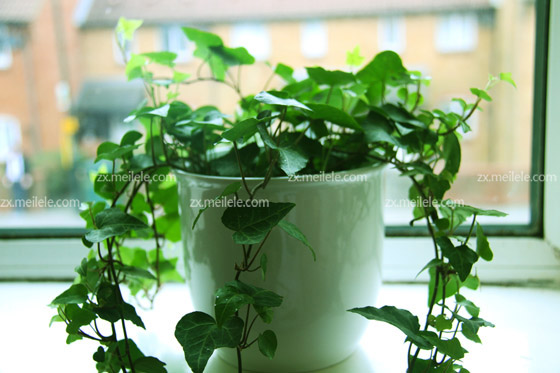
Introduction of Ivy League
Ivy is also known as earth drum vine, drilling sky wind, triangle wind, loose bone wind, Fenghe pear vine and other names. Perennial evergreen climbing shrub of the genus Acanthopanax, with aerial roots, gray-brown or black-brown stems, smooth, simple leaves alternate; petiole without stipules scaly; leaves on flower branches elliptic-lanceolate, umbels single terminal, flowers yellowish white or pale green-white, anthers purple; disk raised, yellow. The fruit is round, red or yellow, flowering from September to November and from March to May the following year.
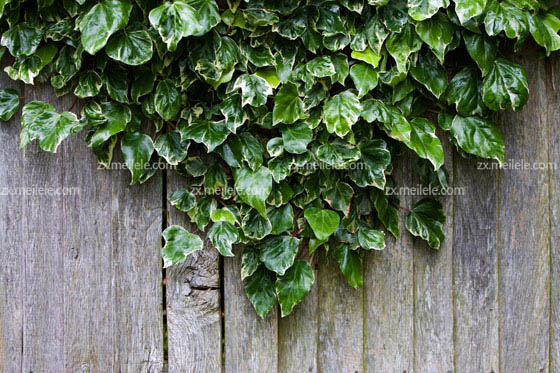
Introduction to the growing environment of ivy
Ivy is a negative vine, but it can also grow in full light. It grows very well in warm and humid climates and is not hardy. It does not have strict requirements for planting soil, and prefers moist, loose and fertile soil, but it is not resistant to salt and alkali. In general, ivy often grows on forest edge trees, roadsides, rocks and house walls. in today's plant culture, ivy can also be raised in gardens.
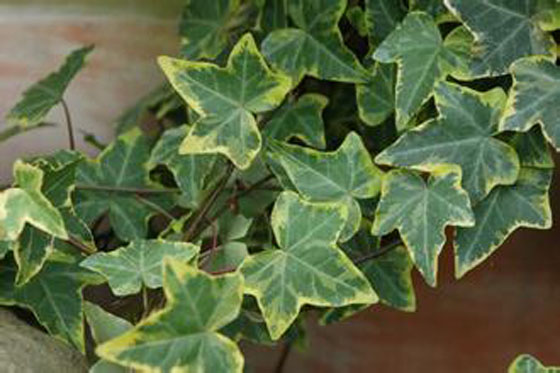
Planting method of Ivy Culture method
Only when the ivy ceases to grow in the vines can it be planted, which is usually best before sprouting in late spring and early summer. When planting it, its potted plants are usually planted with a mixture of rotten leaf soil, garden soil and sand. Ivy has to change its basin every 1-2 years. Before planting ivy, the rotten organic fertilizer on the bottom of the basin should be used as the base fertilizer to cut off the overlong and dense roots. Water once after planting, put it in a cool place, wait for the new branch to grow, carry on the normal management.
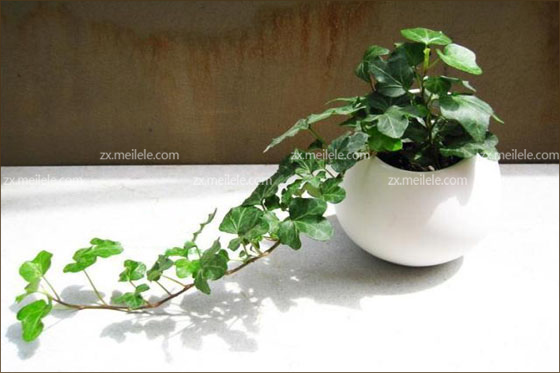
Watering and fertilization of Ivy Culture methods
Ivy is a plant that likes a warm and humid environment. During its growing period, it is necessary to ensure adequate water, and always keep the basin soil moist to prevent complete dryness. If the water content of ivy is insufficient, it will cause defoliation. When the air is dry, it is necessary to increase the air humidity. It is necessary to reduce watering in winter to make the basin soil for planting ivy in a moist state, but to spray water to its leaves to increase air humidity, so as to avoid poor growth and scorched edges of the leaves. During the growing period, ivy is applied with dilute organic liquid fertilizer 2-3 times a month. Fertilizer application can be reduced for pot plants that have formed. Fertilization is stopped in winter.
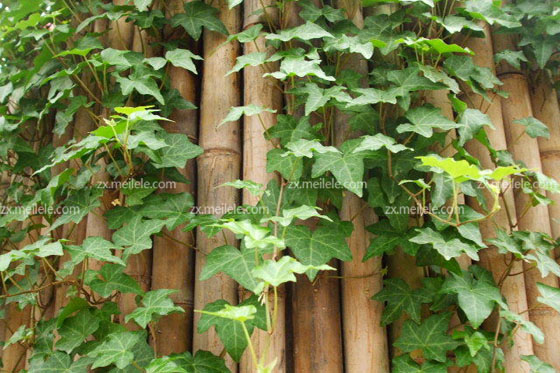
Light and temperature of Ivy Culture methods
The best temperature for ivy growth is 18-20 degrees. If the temperature exceeds 35 degrees, its leaves will turn yellow and stop growing. In summer, it should be shaded or placed in a sprouting place to avoid exposure to the scorching sun. The cold tolerance of ivy is relatively strong, and it can survive the winter in ordinary indoor families. In winter, put the ivy in the sunny place indoors, receive more light, keep the temperature above 3 ℃, or endure the low temperature of-7-8 ℃ for a short time. If it is appropriate to raise ivy indoors, it should be placed in a brightly lit place. Outside, in addition to avoiding strong sun exposure, it is necessary to have 3-4 hours of direct sunlight on ivy every day, especially variegated leaf varieties, where sufficient light can keep the leaf color bright. If the light is insufficient, the ventilation is poor, and it is kept in a dark place for a long time, its plants will elongate internodes and grow thinner and thinner.
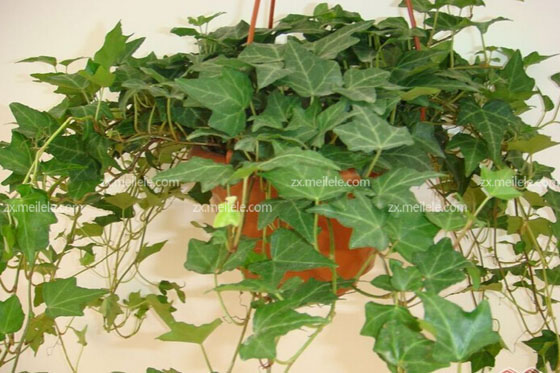
Pruning of Ivy Culture methods
For newly planted ivy, after sprouting in spring, it should be pruned in time, so that it can promote branching, stand traction shape, and can also hang potted plants. For some ivy plants that have grown for many years, it is necessary to strengthen pruning to remove over-dense, weak and dead branches to prevent excessive vines and cause modeling disorder.
Conclusion: Ivy has been widely used in greening, especially in some three-dimensional greening. It can not only achieve the effect of greening and beautification, but also increase oxygen, cool down, reduce dust, reduce noise and so on. The above content has been introduced by the editor. After reading the introduction of the editor, I believe you have a better understanding of the breeding methods of ivy. I hope the content introduced by the editor can give you some help.
Pruning of Ivy Culture methods
For newly planted ivy, after sprouting in spring, it should be pruned in time, so that it can promote branching, stand traction shape, and can also hang potted plants. For some ivy plants that have grown for many years, it is necessary to strengthen pruning to remove over-dense, weak and dead branches to prevent excessive vines and cause modeling disorder.
Conclusion: Ivy has been widely used in greening, especially in some three-dimensional greening. It can not only achieve the effect of greening and beautification, but also increase oxygen, cool down, reduce dust, reduce noise and so on. The above content has been introduced by the editor. After reading the introduction of the editor, I believe you have a better understanding of the breeding methods of ivy. I hope the content introduced by the editor can give you some help.
Related
- Wuhan Hospital Iron Tree Blooming Result Was Instantly Frightened by the Gardener Master
- Which variety of camellia is the most fragrant and best? Which one do you like best?
- What is the small blue coat, the breeding methods and matters needing attention of the succulent plant
- Dormancy time and maintenance management of succulent plants during dormancy
- Minas succulent how to raise, Minas succulent plant pictures
- What are the varieties of winter succulent plants
- How to raise succulent plants in twelve rolls? let's take a look at some experience of breeding twelve rolls.
- Attention should be paid to water control for succulent plants during dormant period (winter and summer)
- Watering experience of twelve rolls of succulent plants
- Techniques for fertilizing succulent plants. An article will let you know how to fertilize succulent plants.



